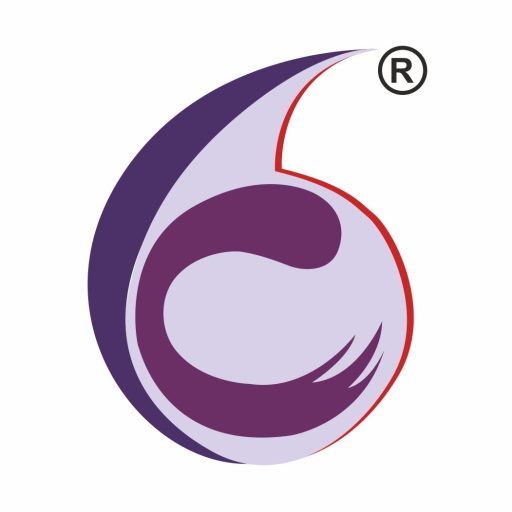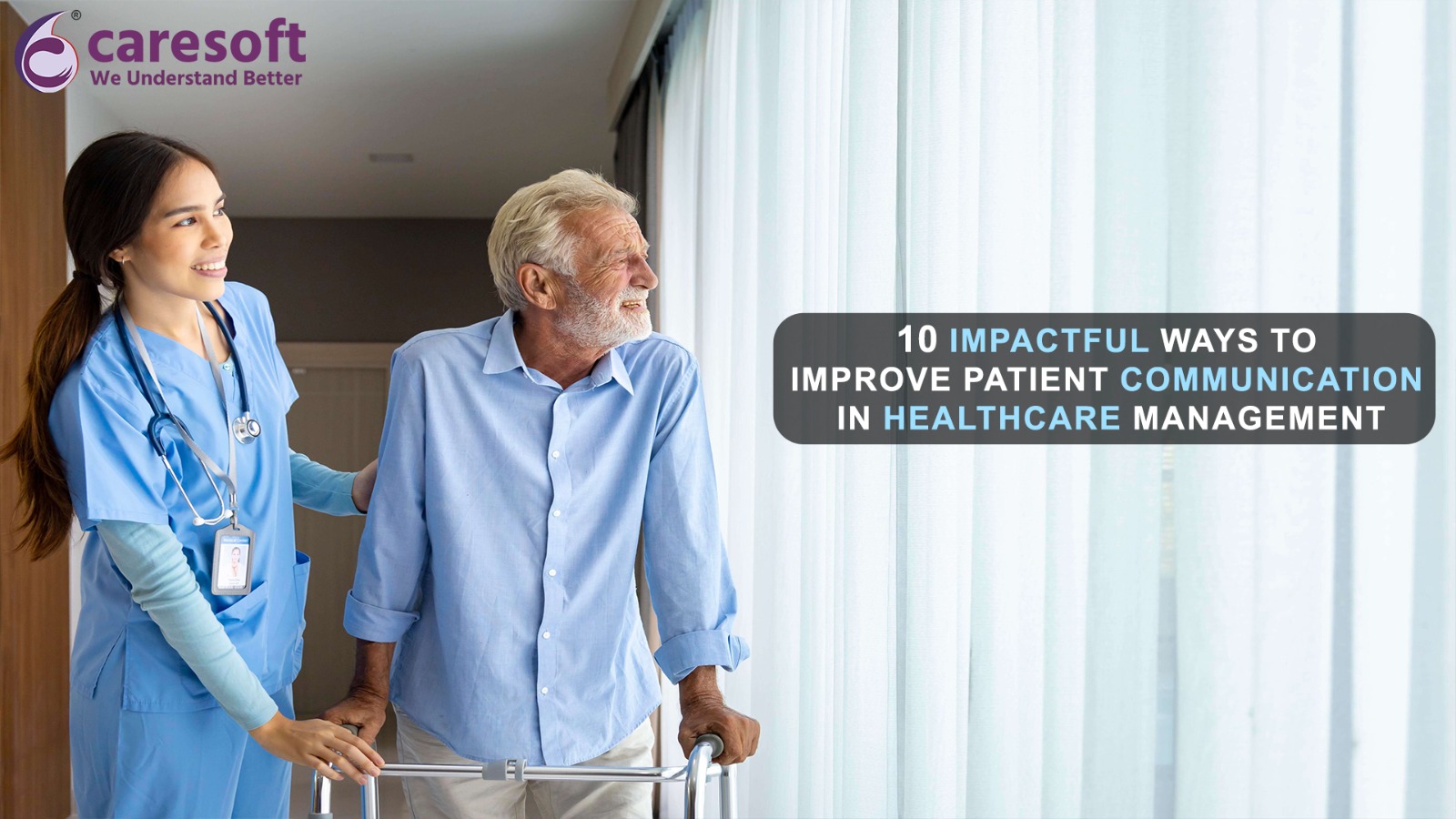Patient-centric communication is a cornerstone of modern healthcare, emphasizing the importance of understanding patients’ needs, preferences, and values to deliver personalized care. This approach prioritizes building trust, fostering collaboration, and empowering patients to make informed decisions about their health.
Effective patient-centric communication involves active listening, empathy, and clear, jargon-free language to ensure patients fully comprehend their health conditions, treatment options, and care plans. It encourages open dialogue, allowing patients to express their concerns, ask questions, and actively participate in decision-making processes.
Enhance patient communication in healthcare management through these ten impactful strategies for better care and patient satisfaction.
- Training and Education: Healthcare staff should receive training in effective communication techniques, including active listening, empathy, and cultural competence.
- Clear Communication Policies: Establish clear communication policies and protocols within healthcare organizations to ensure consistency and quality in patient interactions.
- Patient-Centered Approach: Adopt a patient-centered approach that prioritizes the needs, preferences, and values of patients in all communication interactions.
- Use of Technology: Implement technology solutions such as patient portals, telemedicine platforms, and secure messaging systems to facilitate communication between patients and healthcare providers.
- Empowerment and Engagement: Empower patients to actively participate in their care by providing them with information, resources, and opportunities for shared decision-making.
- Multilingual Support: Offer language assistance services and provide communication materials in multiple languages to accommodate patients with diverse linguistic backgrounds.
- Accessibility: Ensure that communication channels, including digital platforms and physical facilities, are accessible to patients with disabilities to promote inclusivity and equal access to healthcare information.
- Health Literacy Initiatives: Develop health literacy initiatives to educate patients about their health conditions, treatment options, and medication instructions in simple and easy-to-understand language.
- Feedback Mechanisms: Establish feedback mechanisms, such as patient satisfaction surveys and suggestion boxes, to gather input from patients and continuously improve communication practices.
- Continuous Improvement: Regularly assess communication practices, identify areas for improvement, and implement strategies to enhance patient communication based on feedback and evaluation.
Patient-centric communication is essential for delivering high-quality, patient-centered care in today’s healthcare landscape. By prioritizing patients’ needs and preferences, healthcare providers can build trust, promote engagement, and ultimately improve health outcomes. Embracing a patient-centric communication approach is key to transforming the healthcare experience and achieving better outcomes for all stakeholders involved.
CareSoft enhances patient communication in healthcare management through user-friendly interfaces, secure messaging features, and personalized portals. Patients can easily access their medical records, schedule appointments, and communicate with healthcare providers, fostering a transparent and collaborative care environment. CareSoft’s intuitive platform ensures efficient and effective communication to meet patient needs.

